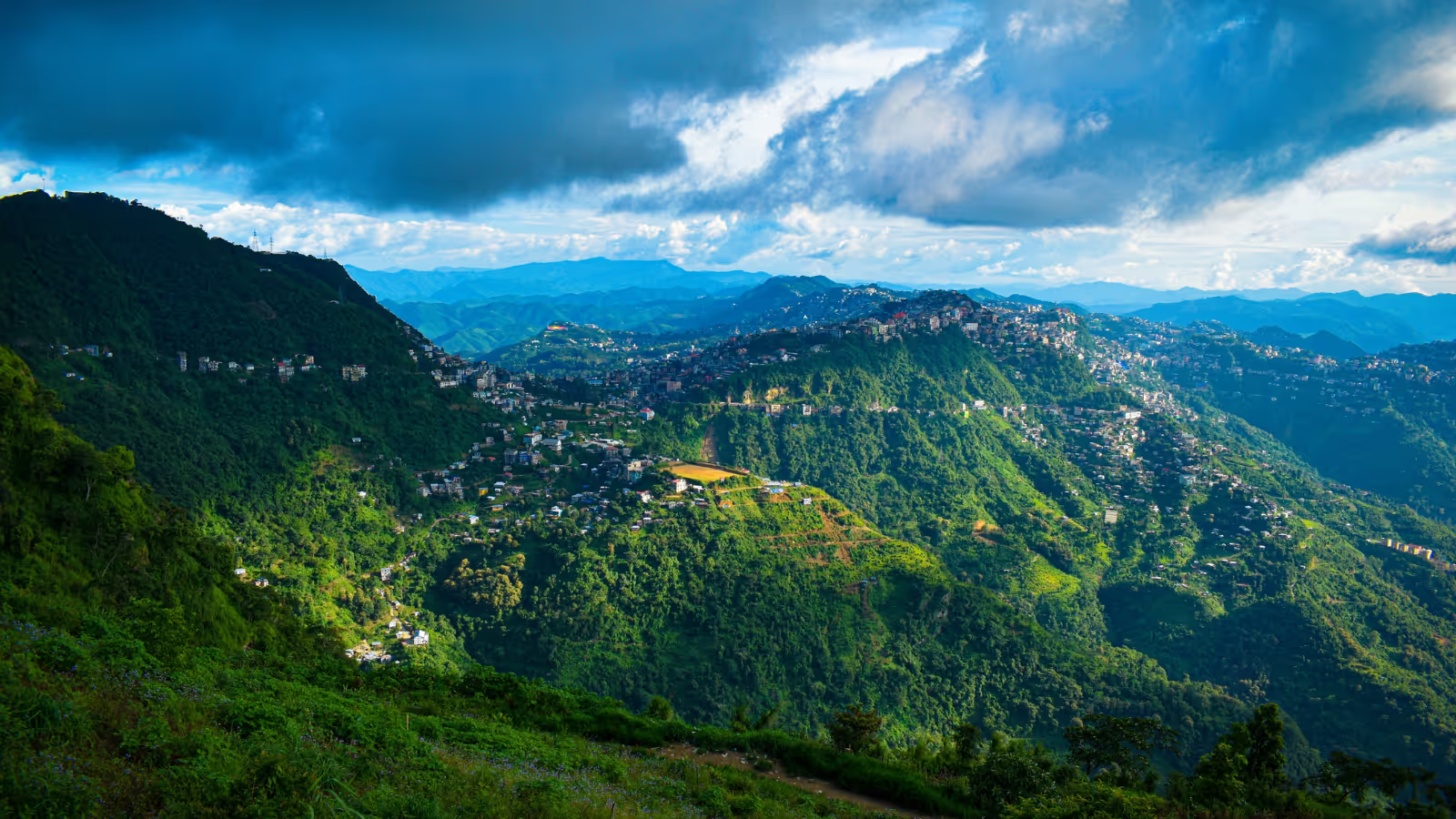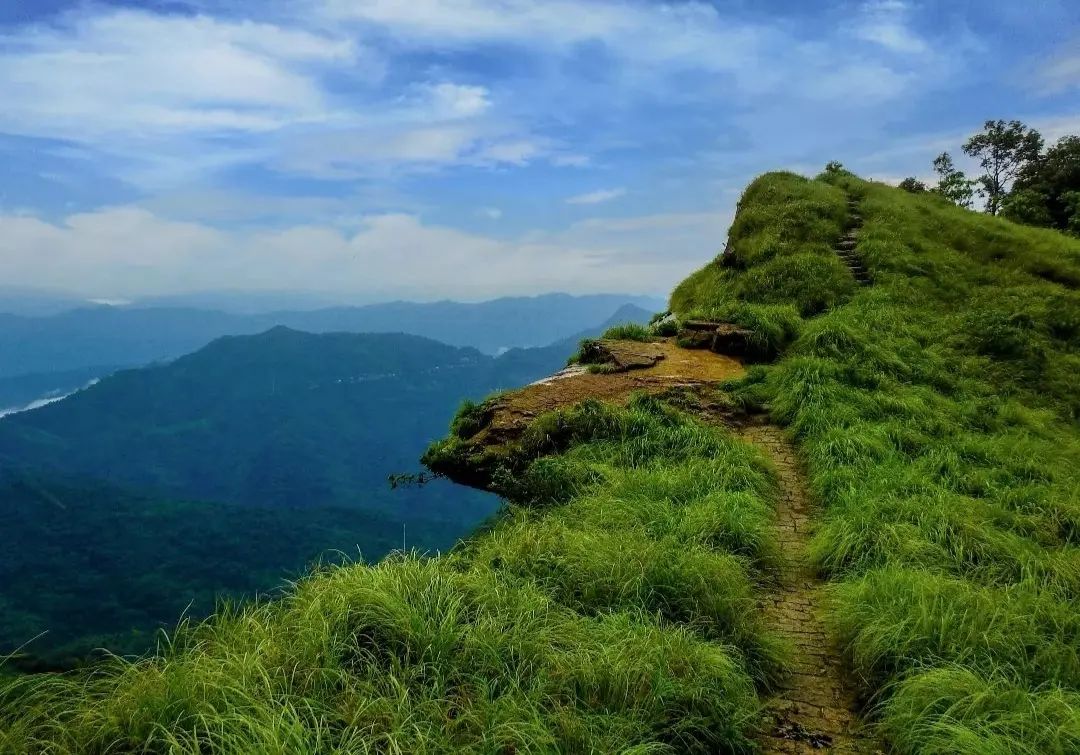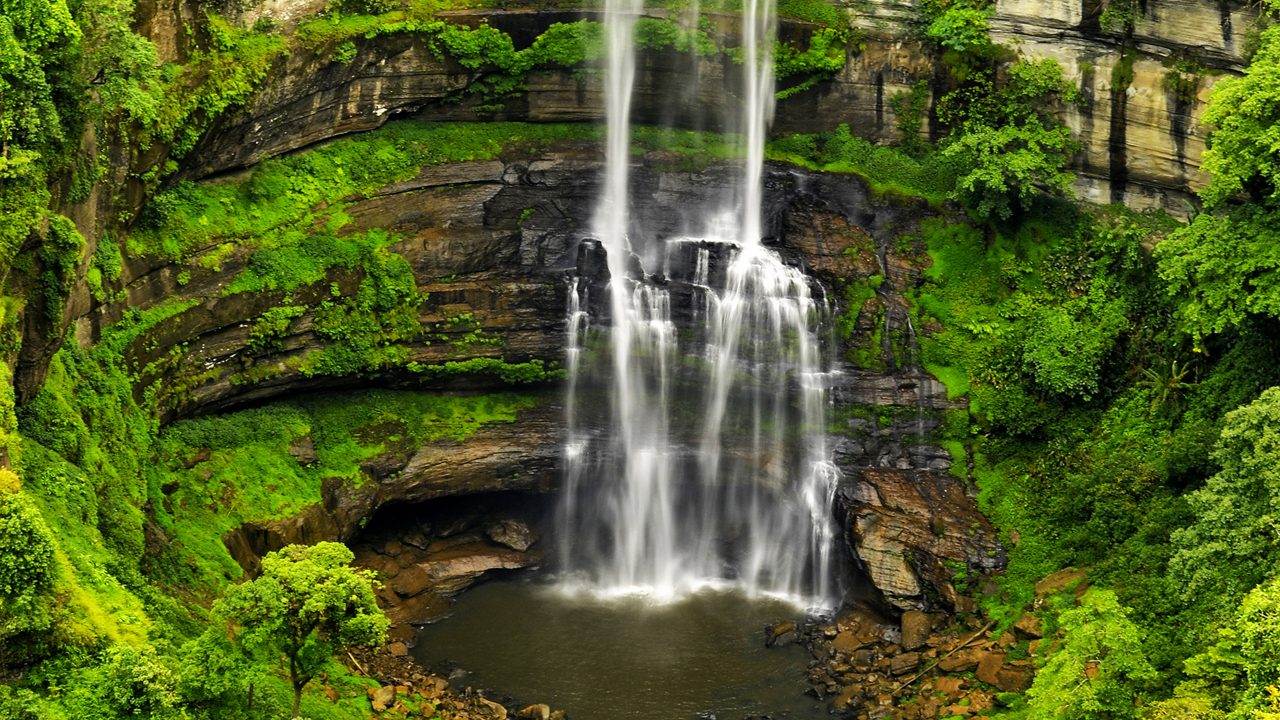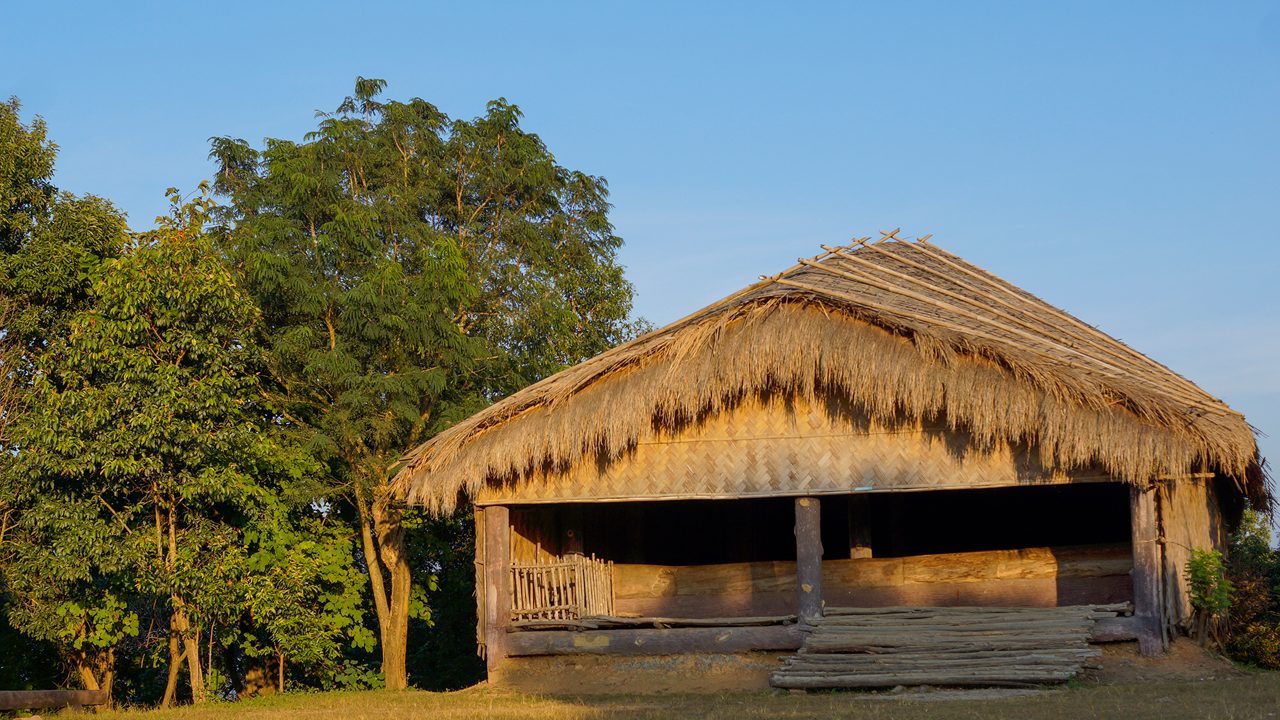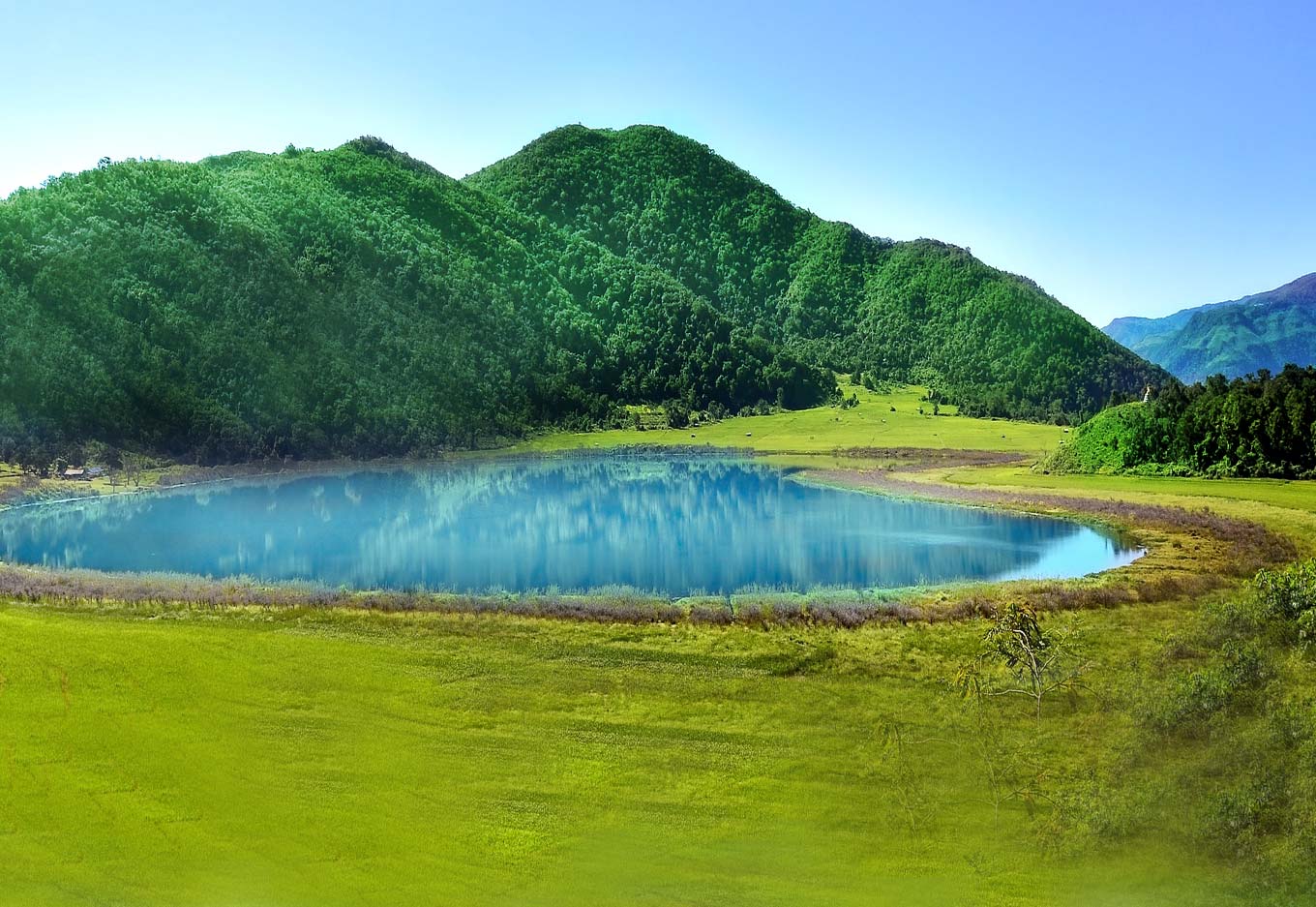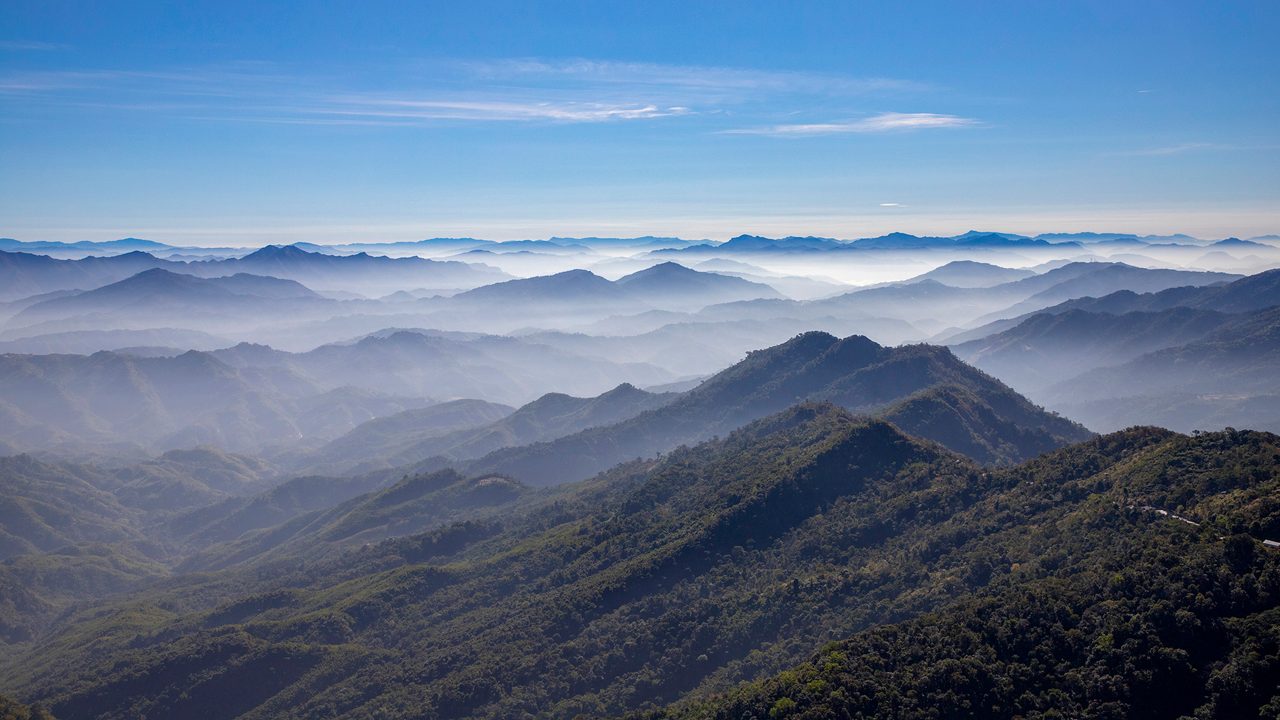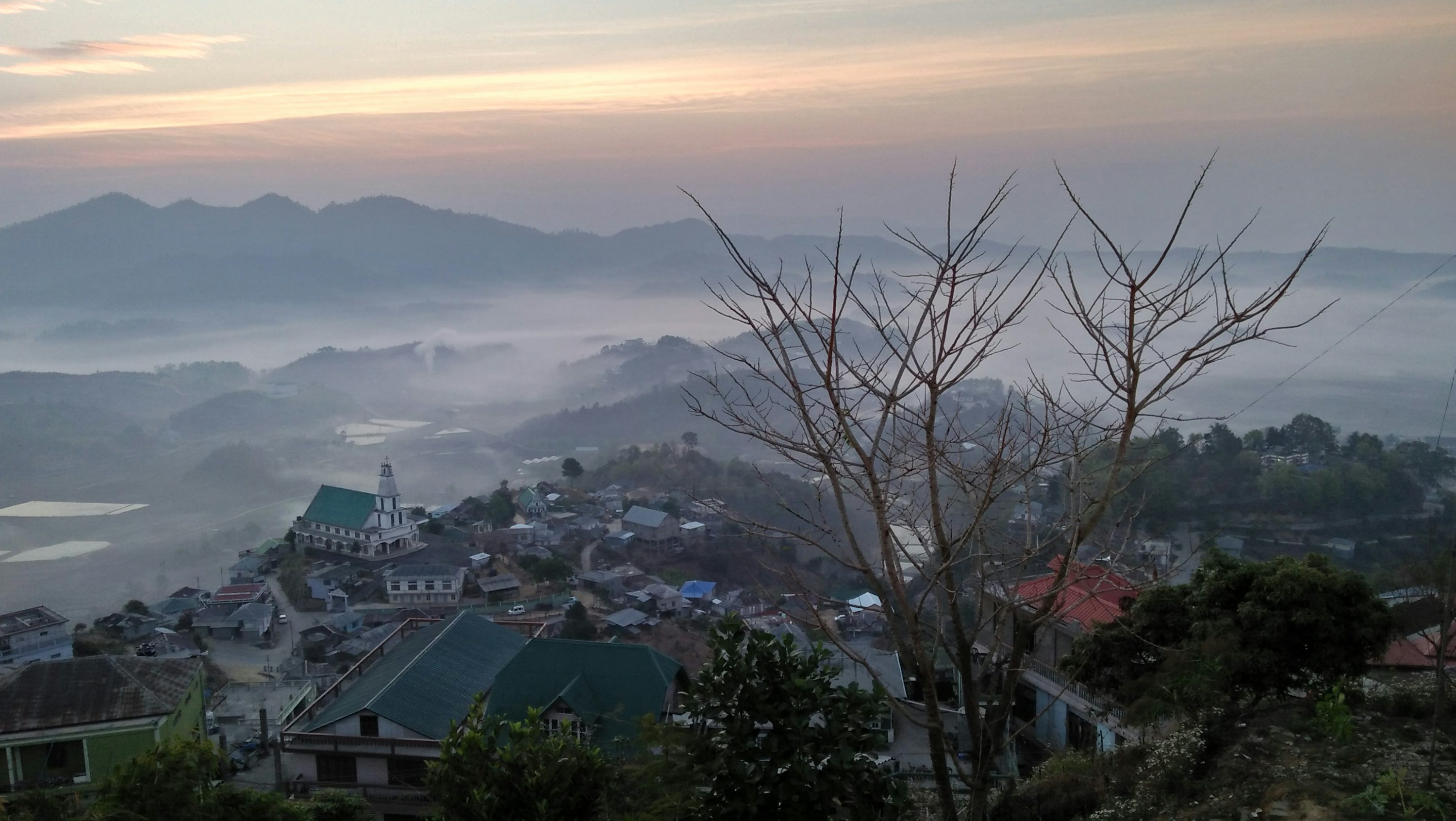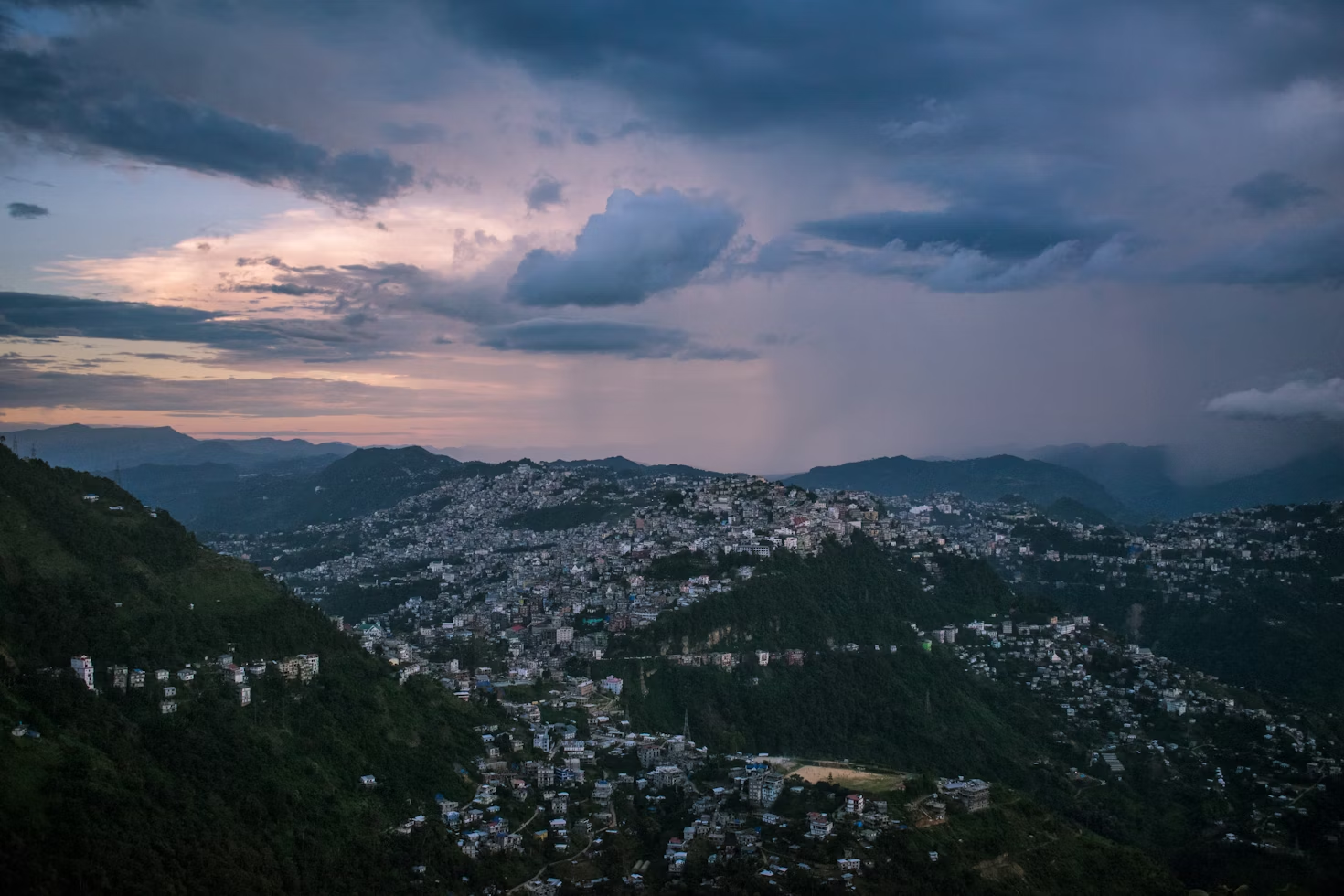
Perched atop the ridges of the Lushai Hills, Aizawl—the charming capital of Mizoram—offers a unique blend of cultural vibrancy and serene landscapes. With its rolling green hills, winding roads, and a skyline that dances between mist and sunshine, the city feels like a living postcard. Traditional Mizo houses, often perched on steep slopes, add a distinctive charm, while bustling markets and colorful street life reveal the warmth and energy of its people. From hilltop viewpoints, you can watch the city shimmer under the golden glow of sunset, with layers of mountains fading into the horizon.
Beyond its scenic beauty, Aizawl is a cultural heartland where heritage and modernity coexist gracefully. The city hums with music—whether it’s church choirs echoing through the hills or local musicians blending Mizo folk with contemporary rhythms. Churches stand as architectural landmarks, while the Mizoram State Museum and various cultural centers preserve the state’s rich tribal history. The aroma of traditional delicacies like bai and bamboo shoot dishes drifts from small eateries, inviting you to savor Mizo flavors.
Aizawl also serves as a perfect base for exploring Mizoram’s surrounding treasures—from serene villages and gushing waterfalls to trekking routes that wind through untouched forests. Despite its growing urban character, the city retains a deep sense of community and hospitality, making every visitor feel like an honored guest. Whether you come for the sweeping mountain views, the soulful culture, or the quiet charm of its streets, Aizawl leaves an imprint that lingers long after you’ve left.
Best time to visit: November to March
